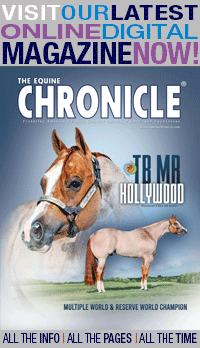Mythbusters from AAEP: Horses and Protein
February 8, 2024 Comments Off on Mythbusters from AAEP: Horses and Protein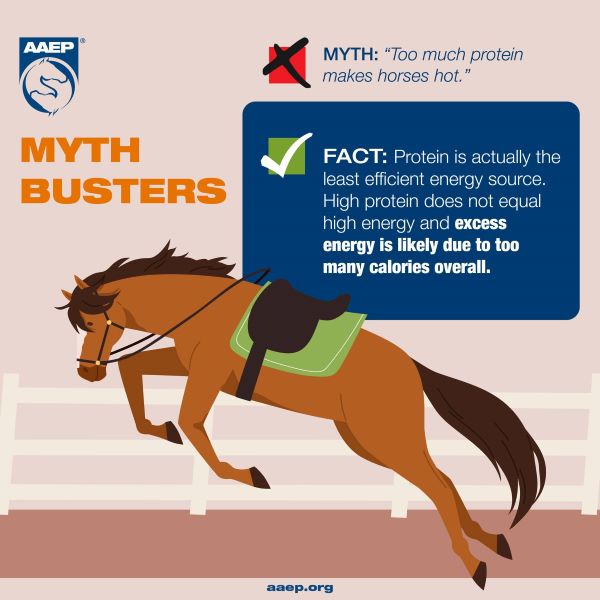
From the AAEP Horse Owner Education Committee: Although protein is normally listed as a nutrient, horses actually have a requirement for amino acids, the building blocks of protein, rather than for protein itself. Protein is the least efficient energy source for your horse, so high protein does not automatically equal high energy. Carbohydrates, fats, and fiber […]
Continue reading …Horse Arena Footing 101: Everything You Need to Know
February 7, 2024 Comments Off on Horse Arena Footing 101: Everything You Need to Know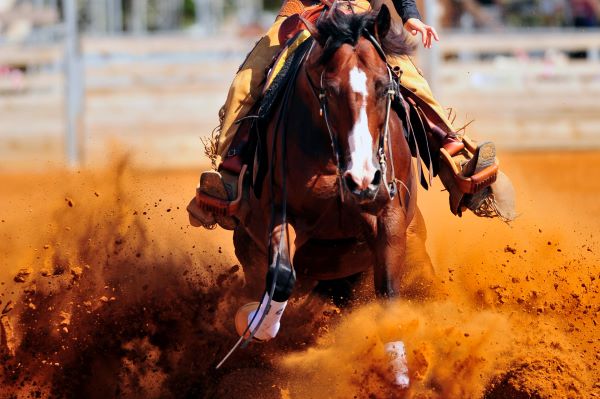
From Premier Equestrian: Riding arena surfaces are made up of multiple layers. But what is the actual horse arena footing? Premier Equestrian explains the different layers that make up an arena surface and important considerations for selecting horse arena footing. What Is Arena Footing? Arena surfaces are made up of multiple layers. The sub-base is […]
Continue reading …Scenes from Scottsdale – Troy Oakley Mentoring Program Continues to Triumph
February 3, 2024 Comments Off on Scenes from Scottsdale – Troy Oakley Mentoring Program Continues to Triumph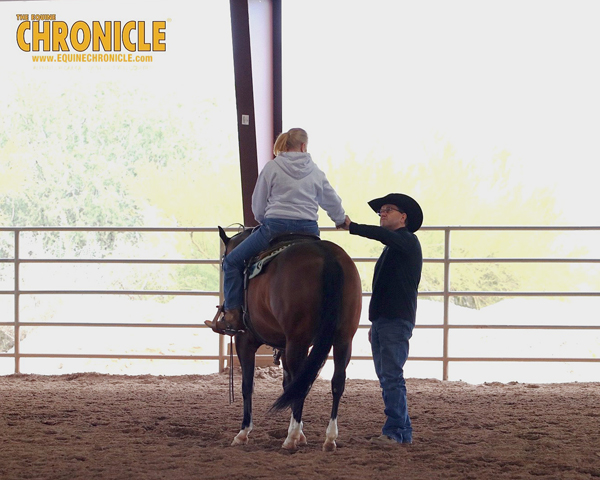
By Delores Kuhlwein Troy Oakley’s blockbuster mentoring program has taken off since he announced it in the fall of 2023, explaining that he’s going to be Changing Lives, One Rider At a Time. “I’m not here to take anyone’s clients; I want to enhance your abilities and change lives one at a time,” he explains. […]
Continue reading …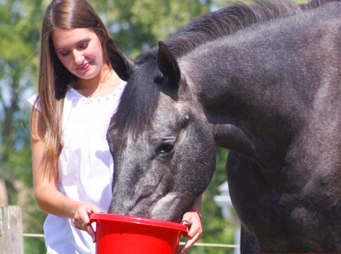
From Equine Science Update: As feed expenses escalate in the horse industry and hemp becomes more accessible, researchers are examining hemp as a potential substitute for horse feed. A recent American study examined the palatability and acceptability of hempseed meal pellets, comparing them to other commonly used horse feed options. Ryon W. Springer and co-workers conducted the research at the […]
Continue reading …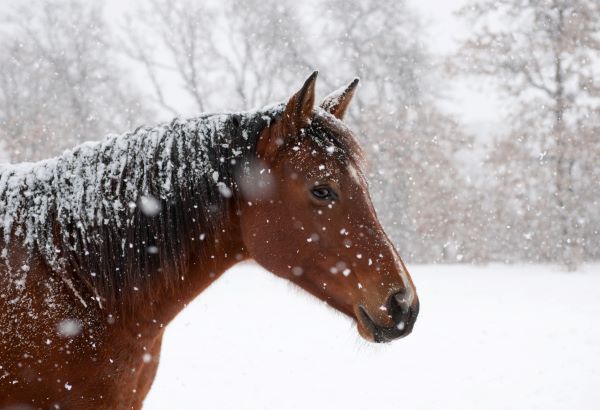
By Brian S. Burks, DVM, Diplomate, ABVP, Board-Certified Equine Specialist Fox Run Equine Center Horses handle winter much better than humans, even at 40 below zero, if allowed to gradually adapt and in good body condition. There are some breeds of horse that have adapted for even colder temperatures, including the Yakut, Icelandic, Bashkir, and […]
Continue reading …Protecting Horse Lungs in Cold Weather
January 23, 2024 Comments Off on Protecting Horse Lungs in Cold Weather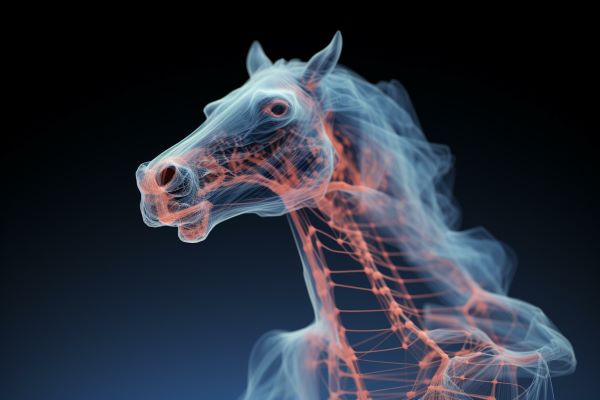
By Brian S. Burks, DVM, Diplomate ABVP, Board Certified Equine Specialist Fox Run Equine Center Horses are comfortable in temperatures much lower than humans prefer. In the absence of wind and moisture, horses tolerate temperatures at or slightly below 0° F. If horses have access to a shelter, they can tolerate temperatures as low […]
Continue reading …Using pH Strips to Predict the Timing of Foal Birth
January 22, 2024 Comments Off on Using pH Strips to Predict the Timing of Foal Birth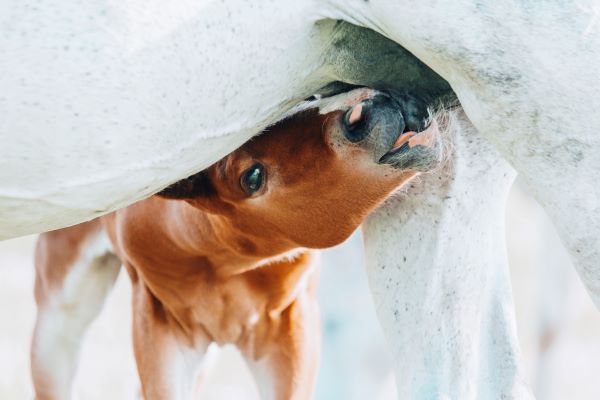
Last week, we asked our readers: Using pH strips to predict the timing of the foal – do they work, and what advice can you offer? We’ve listed your advice in our EC web article below, and we also have a very useful article from Michigan State University following the comments, so keep scrolling! […]
Continue reading …Free Youth Course on the Language of Horses
January 19, 2024 Comments Off on Free Youth Course on the Language of Horses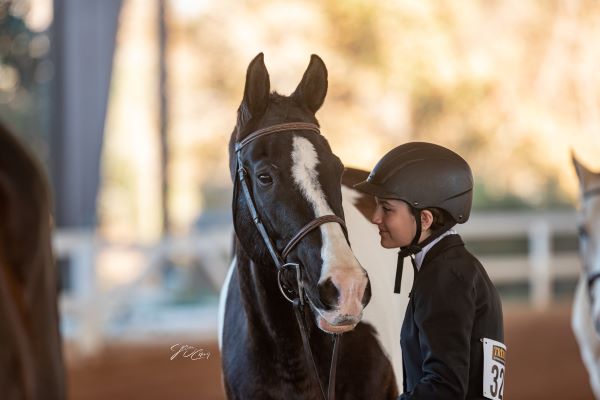
From Equine Guelph: Horses are masters at picking up on our body language but how good are we at picking up on theirs? Discover the fascinating body language of horses with youth from all over the world! Students from all over Canada and as far away as Australia, New Zealand, Italy and the United Kingdom […]
Continue reading …What to Expect When You’re Expecting (A Foal!)
January 18, 2024 Comments Off on What to Expect When You’re Expecting (A Foal!)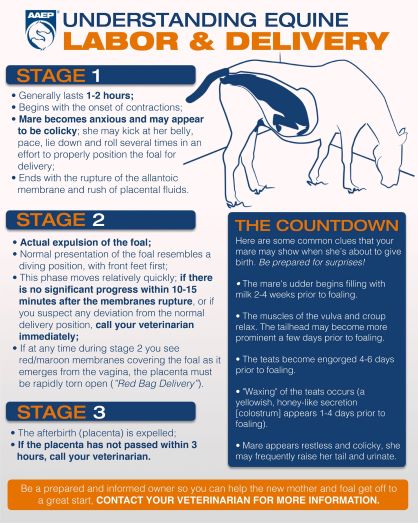
From AAEP: If your mare has made it through 11 months of pregnancy, you’re almost there. Labor and delivery, while momentous, are generally uncomplicated — however, being a prepared and an informed owner will help you keep your anxiety in check so you can assist the new mother and foal get off to a great […]
Continue reading …Setting a Trail Course For Success
January 18, 2024 Comments Off on Setting a Trail Course For Success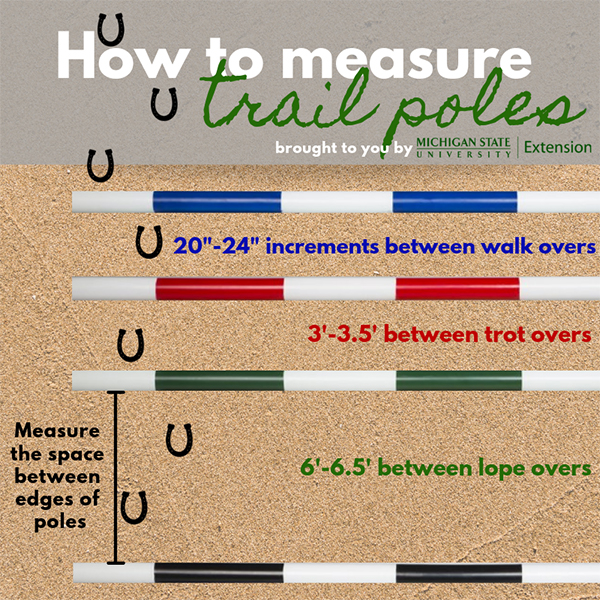
Walk-overs should be spaced in increments of 20 – 24 inches apart. Trot-overs should be spaced in increments of 3 – 3.5 feet apart. Lope-overs should be spaced in increments of 6 – 6.5 feet apart.
Continue reading …